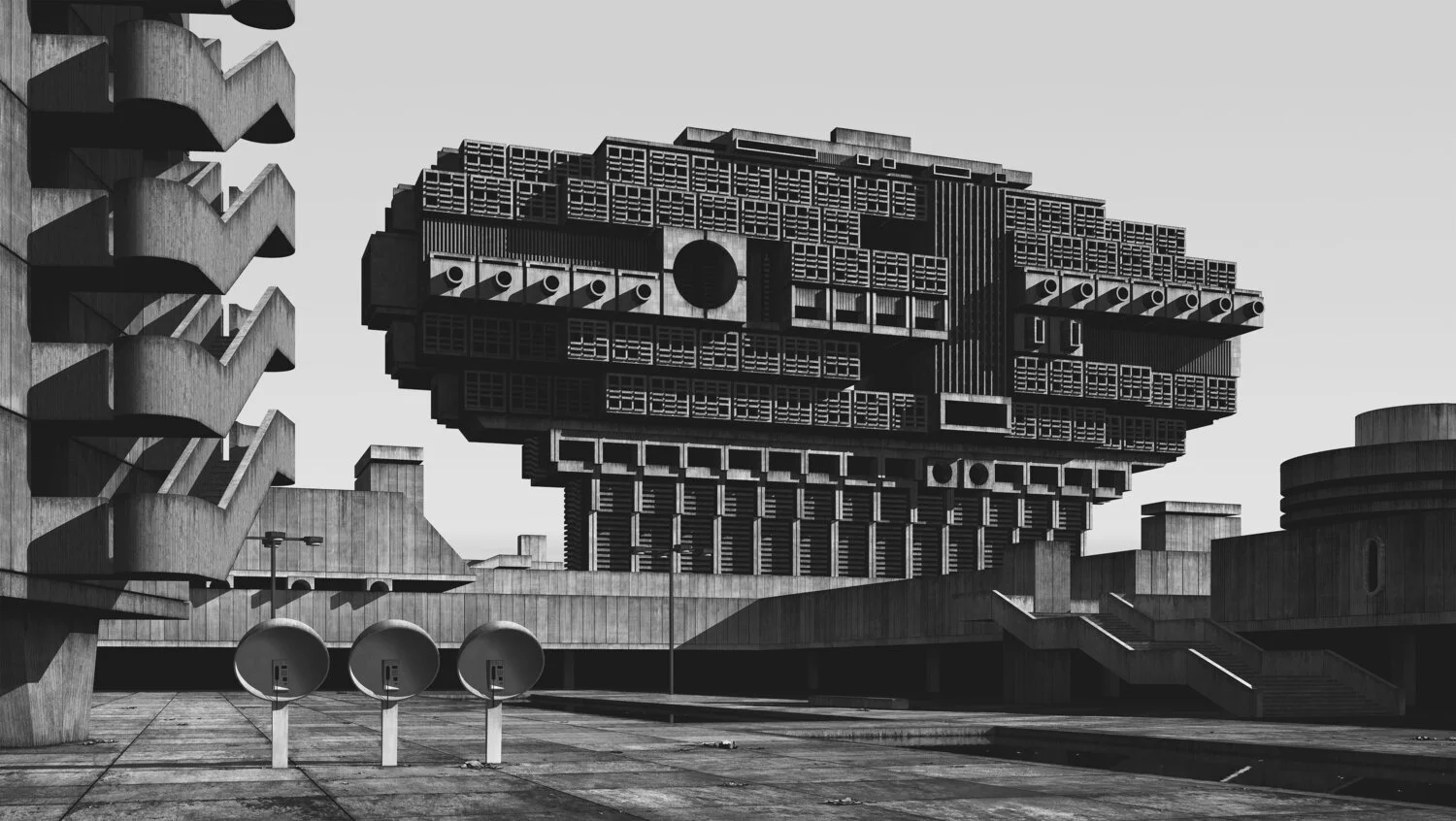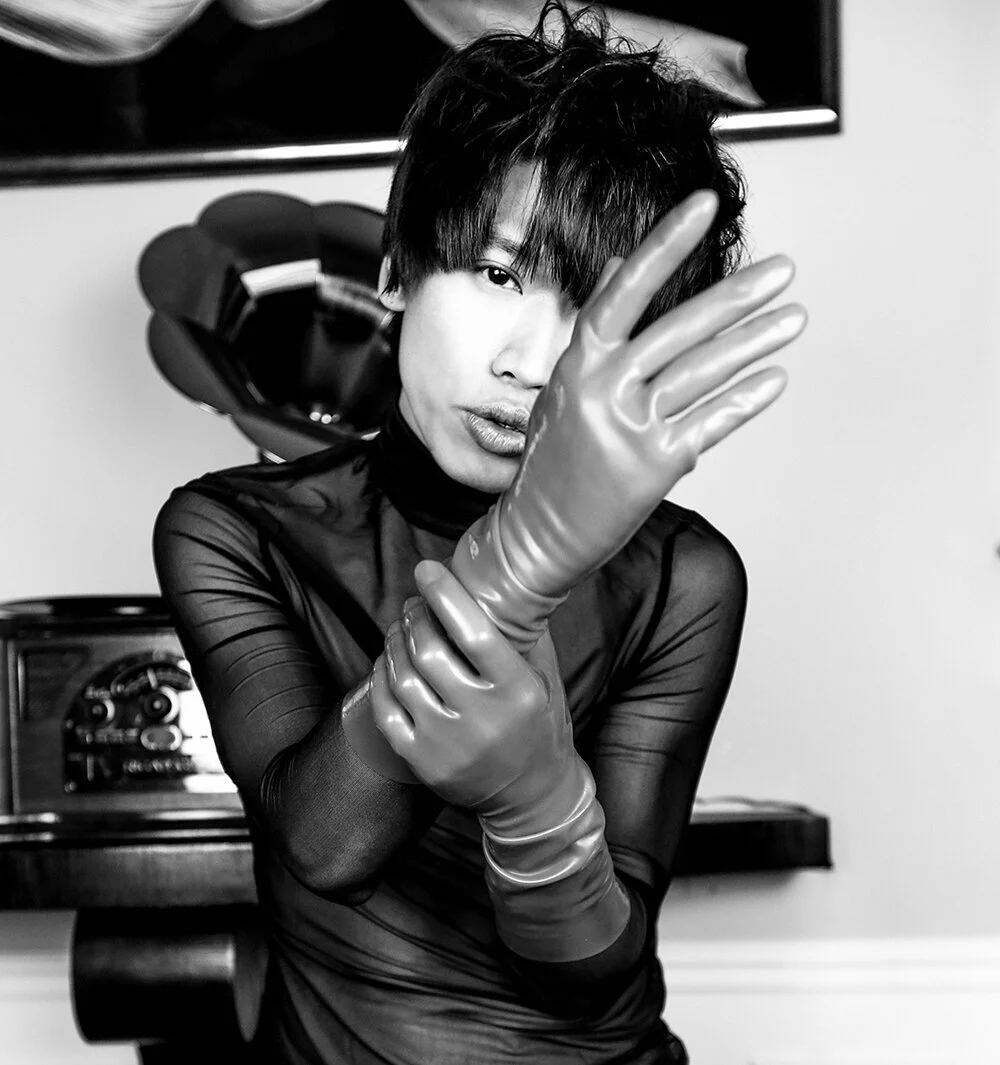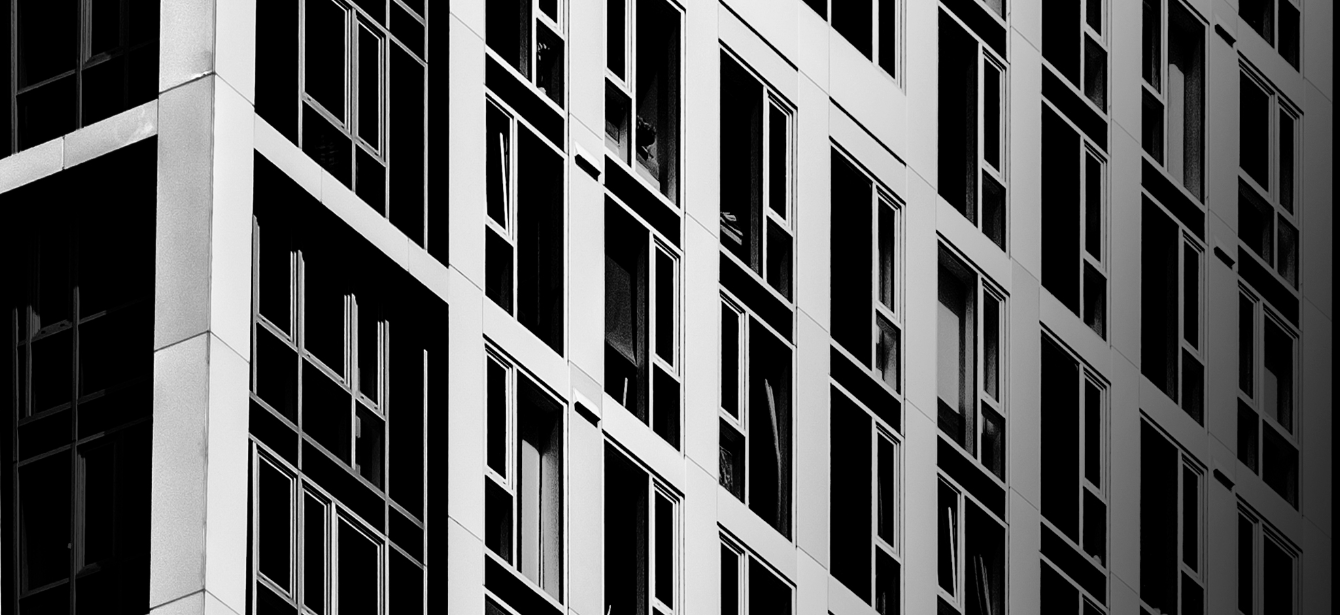Seoyoung Kim is an interdisciplinary artist and curator based in Brooklyn. Her practice is a continuing examination of surroundings and site relativity that comes from the placement of things. Her work, when placed in a chosen site, documents a triangular relationship between site, thing, and viewer. She is also the founding director of Site, a curation service dedicated to building communities.
INTERVIEW | Art Sokoloff
Art Sokoloff is a multidisciplinary artist living and working in London, UK. His research and projects center around the creation of structure-based abstraction. His current work is being made around the influence of rules applied in the crafting of game-like experiences. Taking on both the role of the rule-setter and the participant, Art is involved in the process of making "situations" (strict conditions with clear rules) and their subsequent resolutions.
INTERVIEW | Clemens Gritl
Clemens Gritl is a German artist based in Berlin. His work focuses on the interaction between space, dimension, monotony and materiality of urban megastructures. His black and white photorealistic presentations can be aligned with 1960s architecture photography which documents a singular, unbroken optimism and the radical zeitgeist of its era.
INTERVIEW | Noah Spivak
Noah Spivak is a Canadian artist, currently based in Melbourne, Australia. His fascination with the human senses, the ambiguity of everyday life, and the space in which the art experience occurs culminate in a body of work exploring how we experience visual art and the subconscious decisions we make leading up to this moment.
INTERVIEW | Chenglin Xue
Chenglin Xue’s work uses Arduino, processing, Maxmsp, and other interactive software in synergy with photography, video, printmaking, and other media. His work explores the nature of video and objective reality, focusing on the relationship between people and nature, attempting to harness interactive media to explore an invisible reality.
INTERVIEW | Wallace Woo
Wallace Woo is an artist from Hong Kong. Fashion makeup artist in Paris, he is also a Pouring Visuals Artist. He works thanks to the shape of water, as the liquid can blend various shapes. Flexibility is a key concept of his work. Life is supposed to be simple. It is only us who make it complicated.
INTERVIEW | Joanna Wlaszyn
Joanna Wlaszyn is a Polish-French interdisciplinary artist, teacher, and researcher based in Paris. Her work fuses visual language with conceptual experiments. She attempts to create alternative interpretations in response to a constantly evolving post-digital culture. She challenges perception and representation through video, installations, digital art, and hybrid drawings and paintings.
INTERVIEW | Eun Sun Cho
Eun Sun Cho projects revolve around the elements of photographic mediums dealing with physical and technical problems such as measurements, algorithms, analog/digital difference and representation of language of formality accompanied by the process of the image. She investigates the intersection of biology, chemical-physical phenomena and mathematical problems with photographic reality.
INTERVIEW | Jonathan Walland
Jonathan Walland approaches modern architecture in a way that eliminates distraction and pushes forward a sense of clarity, keeping the viewer focused on the purest elements of photography. He shifts the visual characteristics synonymous with painting onto the photographic medium. Walland’s work is consistent with the massive amount of detail present in each photograph.
INTERVIEW | Giovanni De Benedetto
Giovanni De Benedetto is a klecksography Italian artist who enhances the aesthetic power of his paintings through the means of photography. Giovanni aims to broaden people’s point of view by making them embrace multiple perspectives to establish a temporary empathic connection for feeling more close as human beings on a deep level.





















